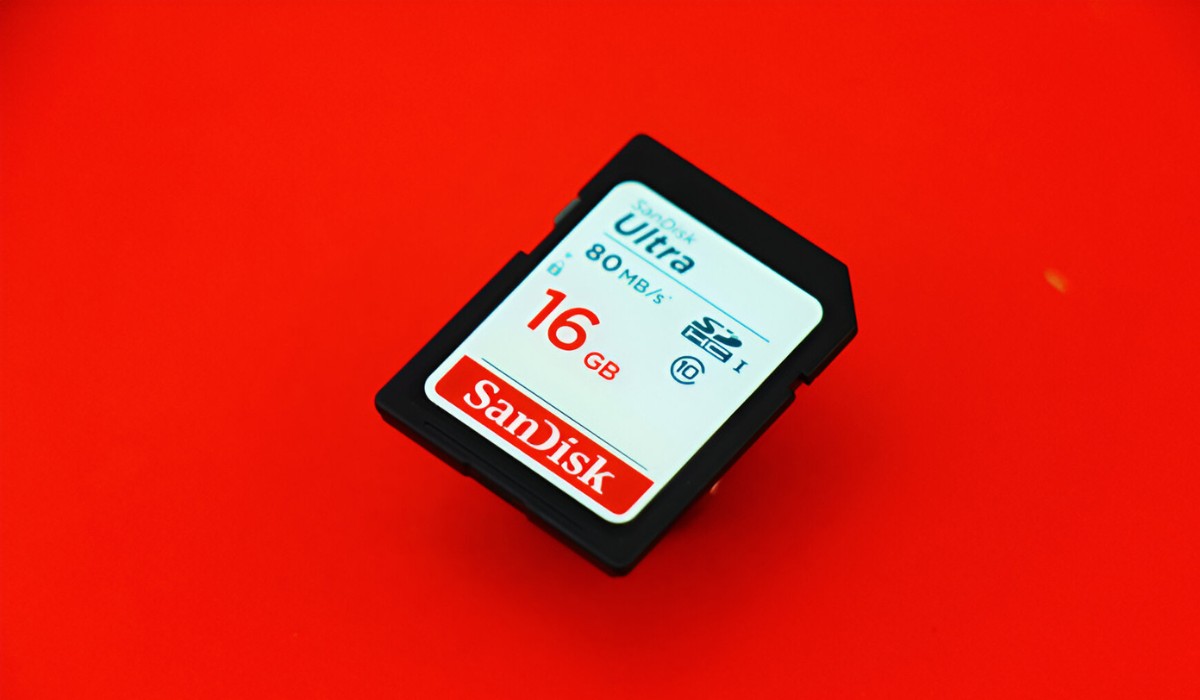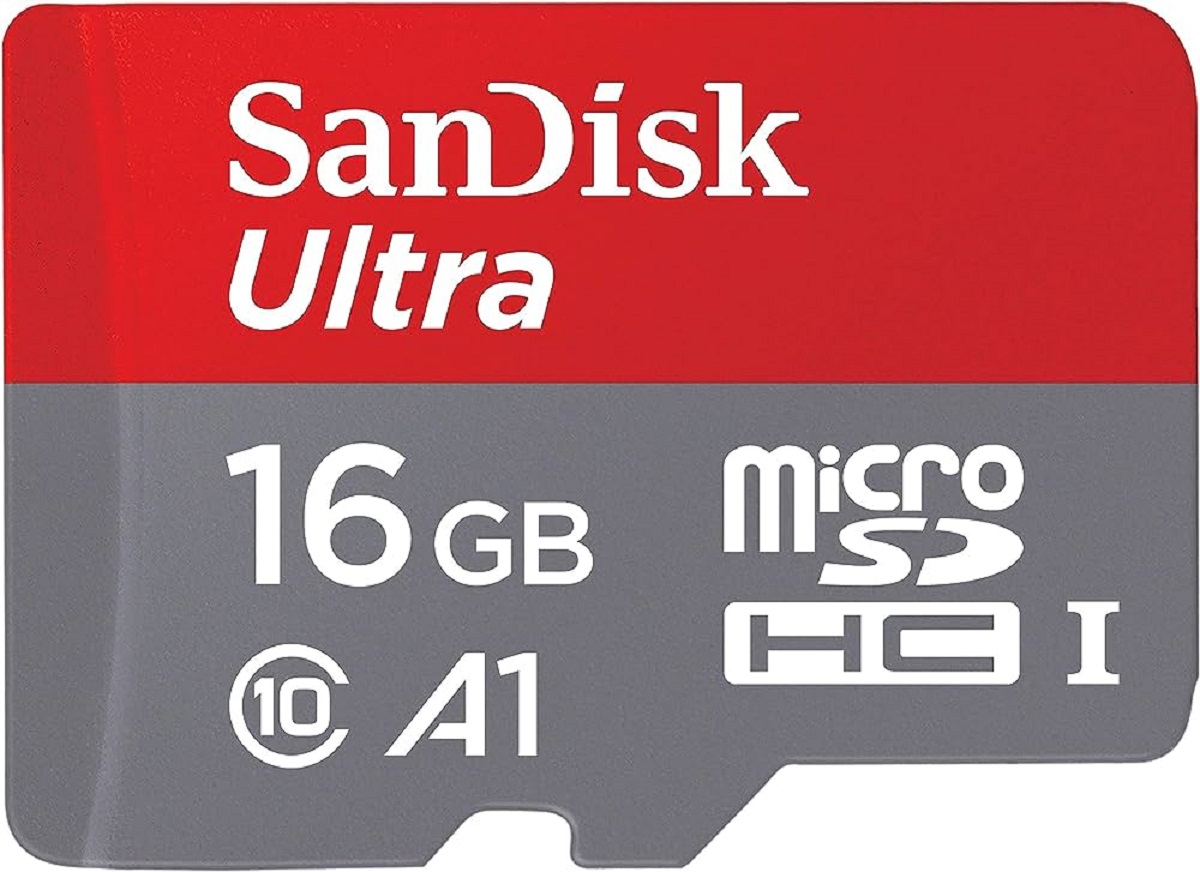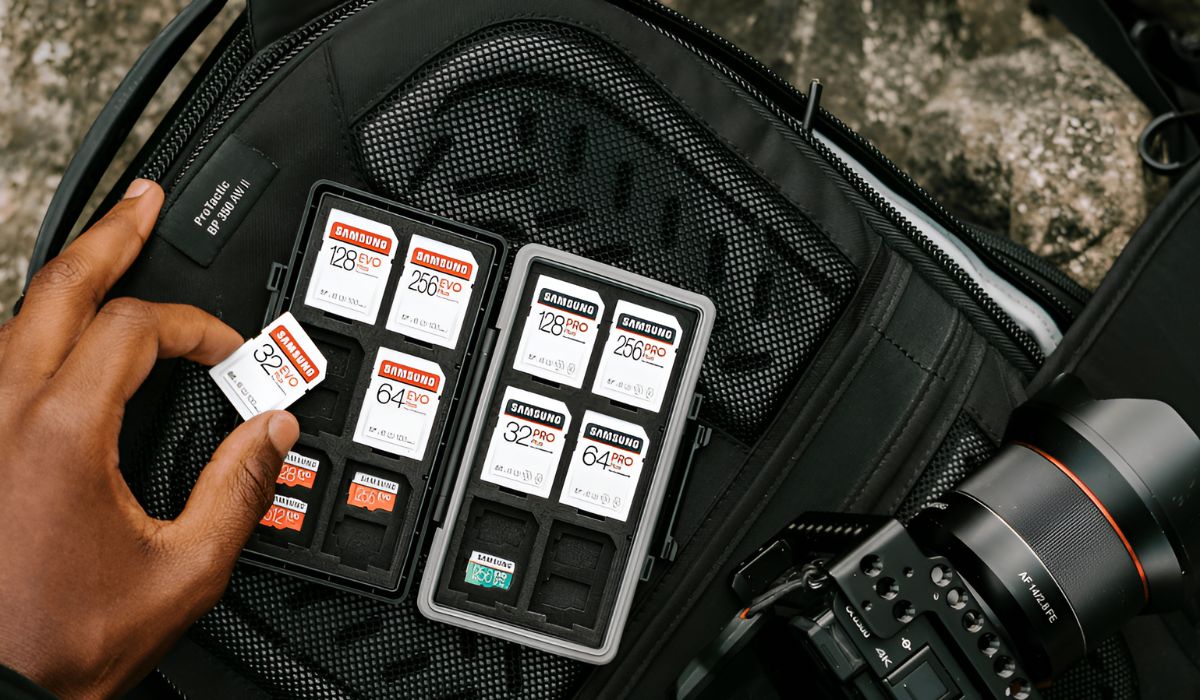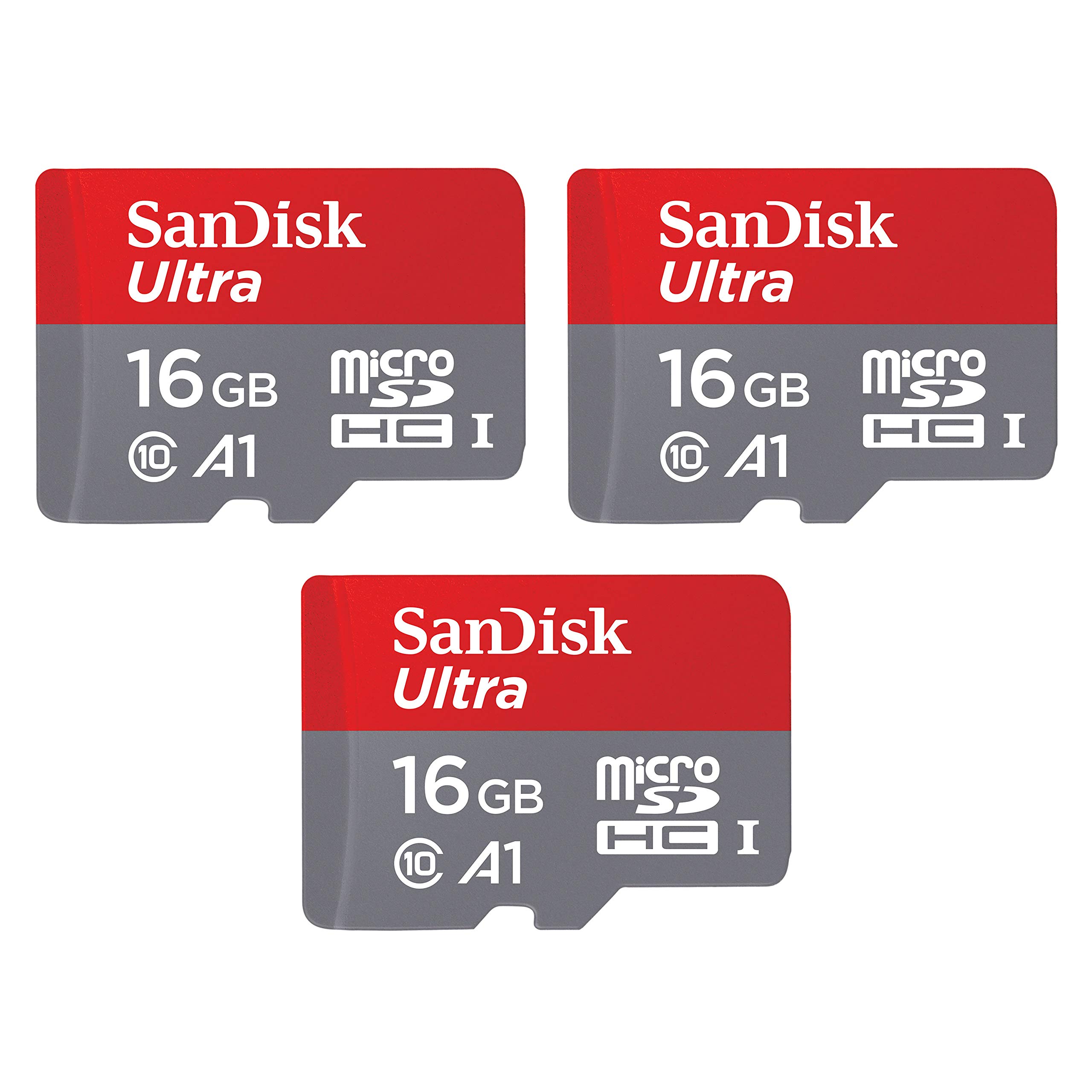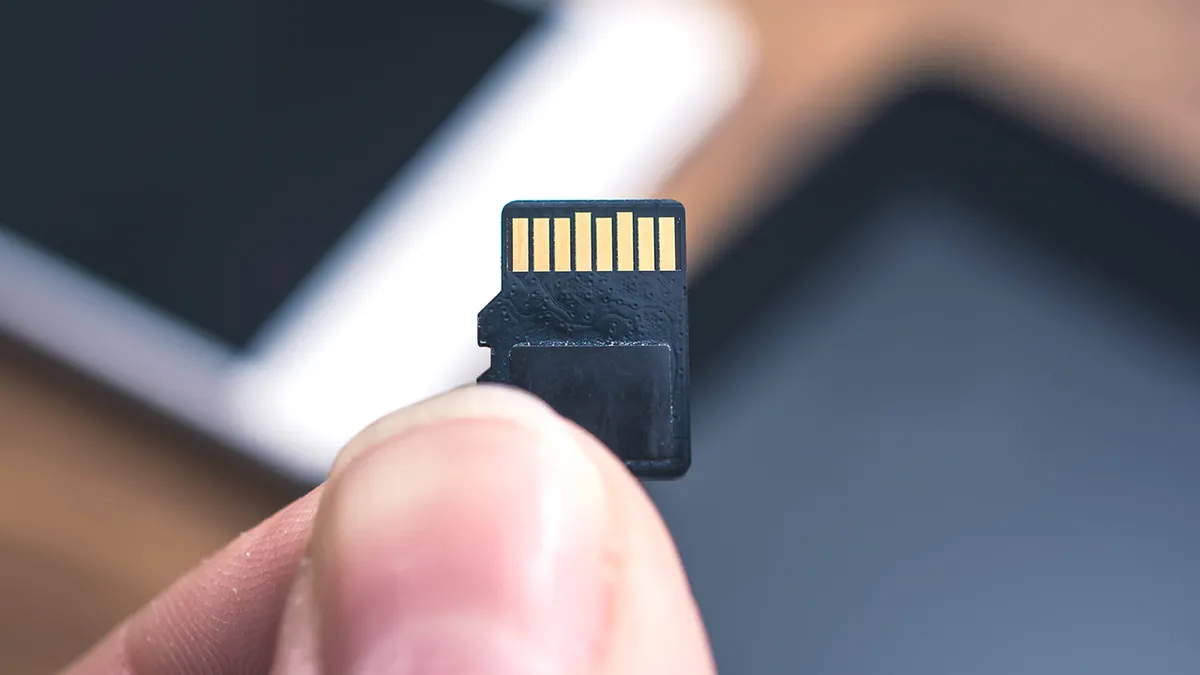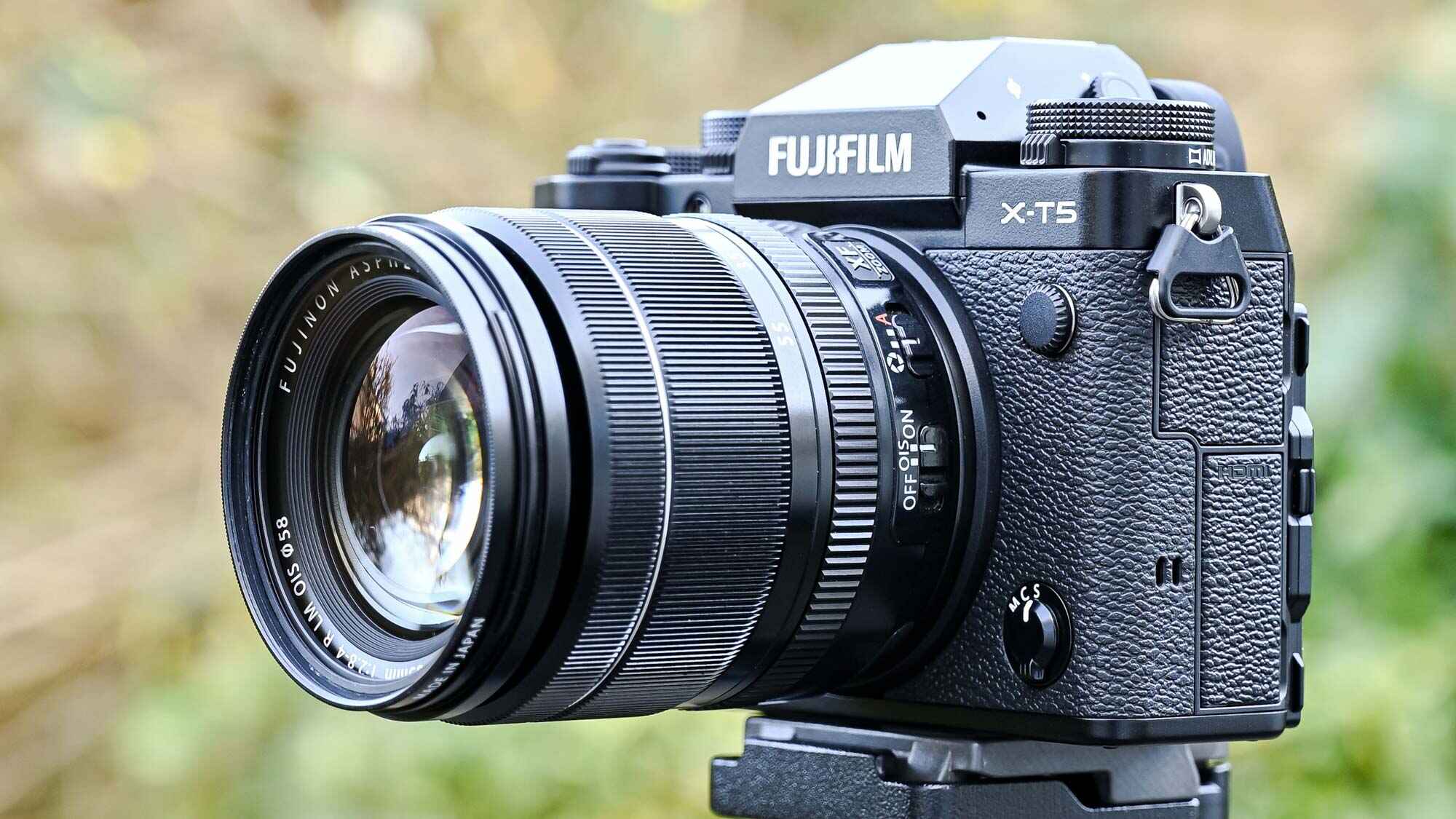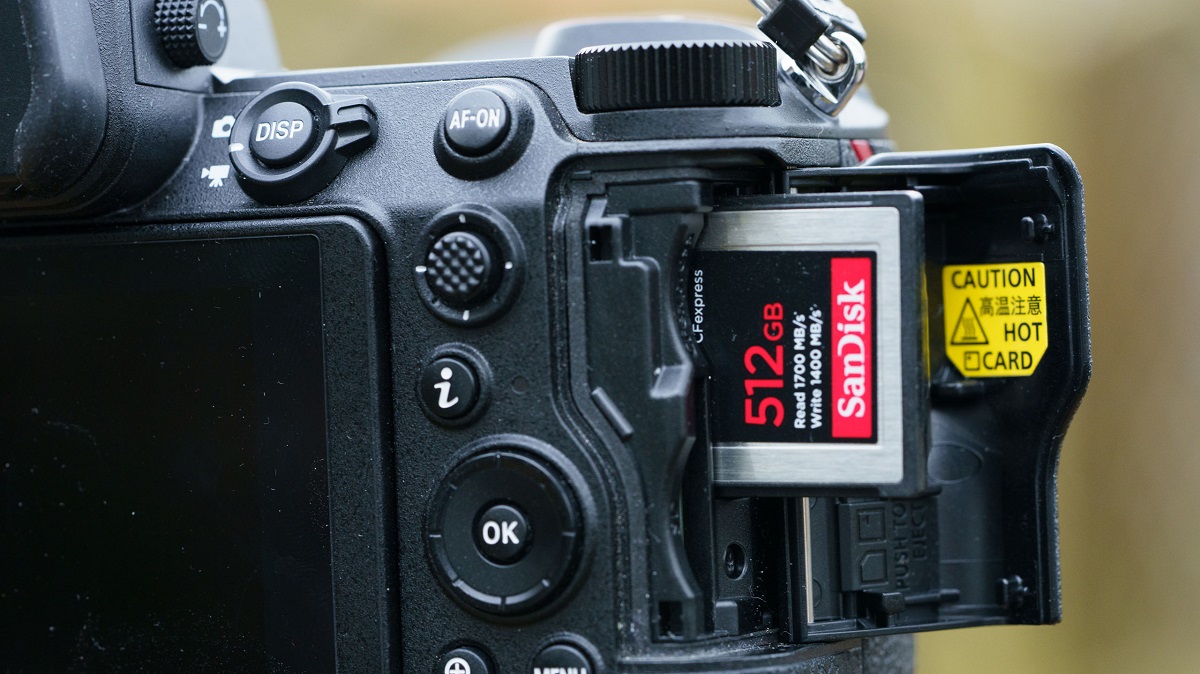Introduction
Capturing high-quality videos with a DSLR camera is a thrilling experience, allowing you to preserve precious moments with stunning clarity and detail. However, the amount of footage you can store on a 16GB SD card may raise questions and concerns. Understanding the factors that influence video storage capacity on an SD card is crucial for making informed decisions and optimizing your recording experience.
In this article, we will explore the intricacies of SD card capacity, video file sizes, bitrates, and the various factors that affect video storage. Additionally, we will delve into the calculations involved in determining the amount of video content that can be accommodated on a 16GB SD card. By gaining insights into these aspects, you can make the most of your SD card's storage capabilities and ensure that you never miss a moment worth capturing.
Whether you're an aspiring videographer, a seasoned photographer venturing into the realm of videography, or simply an enthusiast seeking to document life's precious moments, understanding the technical aspects of video storage on an SD card is essential. Let's embark on this journey to unravel the mysteries of SD card capacity and video storage, empowering you to capture and preserve your memories with confidence and clarity.
Understanding SD Card Capacity
Secure Digital (SD) cards are the primary storage medium for many digital devices, including DSLR cameras. The capacity of an SD card refers to the amount of data it can store, typically measured in gigabytes (GB) or terabytes (TB). Understanding the nuances of SD card capacity is essential for effectively managing your video storage needs.
SD cards come in various capacities, ranging from a few gigabytes to multiple terabytes. The capacity of an SD card directly impacts the amount of video footage it can accommodate. Higher-capacity SD cards offer greater storage space, allowing for extended recording sessions without the need to frequently transfer or replace the card.
It’s important to note that the actual storage capacity of an SD card is slightly less than the advertised capacity. This discrepancy arises from the way storage capacity is calculated by manufacturers, leading to a variance between the stated capacity and the available storage space. Additionally, certain file systems and formatting requirements further reduce the usable capacity of an SD card.
When selecting an SD card for your DSLR camera, it’s crucial to consider not only the capacity but also the speed class. The speed class of an SD card indicates its minimum sustained write speed, which is particularly important for recording high-definition video. A higher speed class ensures smoother video capture and minimizes the risk of dropped frames or recording interruptions.
Understanding the capacity and speed class of SD cards empowers you to make informed choices when selecting the ideal storage solution for your video recording needs. By considering these factors, you can optimize your DSLR camera’s performance and ensure seamless video storage and retrieval.
Video File Size and Bitrate
Video file size and bitrate play pivotal roles in determining the amount of storage space required for recording and storing videos on an SD card. Understanding these concepts is essential for estimating the storage capacity needed to accommodate your video recording sessions.
The file size of a video is influenced by various factors, including its resolution, frame rate, and duration. Higher-resolution videos, such as those in 4K or 1080p, generally have larger file sizes due to the increased amount of visual detail captured in each frame. Similarly, videos recorded at higher frame rates consume more storage space, as they comprise a greater number of individual frames per second.
Bitrate, measured in kilobits per second (Kbps) or megabits per second (Mbps), represents the amount of data processed per unit of time in the video file. A higher bitrate results in better video quality but also leads to larger file sizes. Understanding the bitrate of your video recordings is crucial for estimating their storage requirements and selecting an SD card with adequate capacity.
When recording videos with a DSLR camera, it’s essential to balance video quality with storage considerations. Opting for lower bitrates may reduce file sizes and conserve storage space, but it can also impact the visual clarity and detail of the recorded footage. Conversely, higher bitrates yield superior video quality but necessitate greater storage capacity to accommodate the larger files.
By comprehending the relationship between video file size, bitrate, and storage space, you can make informed decisions when configuring your DSLR camera’s recording settings and selecting an SD card with the appropriate capacity. Additionally, understanding these factors enables you to optimize video quality while efficiently managing storage resources.
Factors Affecting Video Storage
Several factors influence the amount of storage space required for video recordings, impacting the selection of an appropriate SD card for your DSLR camera. Understanding these factors is essential for effectively managing video storage and ensuring seamless recording experiences.
- Resolution: The resolution of a video, such as 720p, 1080p, or 4K, significantly impacts its file size. Higher resolutions result in larger file sizes due to the increased visual detail captured in each frame. When recording videos at higher resolutions, it’s important to consider the associated storage requirements and select an SD card with ample capacity.
- Frame Rate: The frame rate at which a video is recorded influences its storage needs. Higher frame rates, such as 60 frames per second (fps) or 120 fps, result in larger file sizes due to the increased number of frames captured per second. When configuring your DSLR camera’s recording settings, consider the frame rate’s impact on storage requirements.
- Compression: Video compression techniques, such as H.264 or H.265, impact the file size and storage requirements of video recordings. Efficient compression algorithms reduce file sizes without significantly compromising visual quality, allowing for more footage to be stored on an SD card without sacrificing clarity.
- Codec: The choice of video codec influences the efficiency of video compression and, consequently, the resulting file sizes. Different codecs have varying compression algorithms and performance characteristics, directly affecting the storage space needed for video recordings.
- Duration: The duration of a video recording directly correlates with its storage requirements. Longer recordings consume more storage space, necessitating larger-capacity SD cards to accommodate extended video sessions without the need for frequent file transfers or replacements.
By considering these factors and their collective impact on video storage, you can make informed decisions when configuring your DSLR camera’s recording settings and selecting an SD card with the appropriate capacity. Understanding the nuances of video storage factors empowers you to optimize your recording experiences and ensure that you have ample space to capture life’s memorable moments.
Calculating Video Storage on a 16GB SD Card
Estimating the amount of video content that can be stored on a 16GB SD card involves considering several variables, including video resolution, bitrate, and compression. By understanding the calculations involved, you can effectively gauge the storage capacity of a 16GB SD card and optimize your video recording experiences accordingly.
To calculate video storage on a 16GB SD card, you can use the following general approach:
- Determine Video Bitrate: Identify the bitrate at which you intend to record your videos. Higher bitrates result in larger file sizes, while lower bitrates yield smaller files. The chosen bitrate directly influences the amount of storage space required for a given duration of video recording.
- Estimate File Size: Using the selected bitrate and the anticipated duration of your video recordings, estimate the resulting file sizes. This can be achieved by multiplying the bitrate (in megabits per second) by the duration of the video (in seconds) and converting the result to gigabytes (GB) for easier comparison with the SD card’s capacity.
- Consider Compression: If your DSLR camera utilizes video compression techniques, take into account the compression ratio to refine your estimations. Efficient compression algorithms can reduce file sizes while preserving visual quality, allowing for more footage to be stored within the confines of the 16GB SD card.
- Account for Overhead: Recognize that a portion of the SD card’s capacity is allocated for file system overhead and formatting requirements. This reduces the effective storage space available for video recordings. Factoring in this overhead ensures a more accurate estimation of the actual video storage capacity.
By performing these calculations and considerations, you can gauge the approximate amount of video content that can be accommodated on a 16GB SD card under your specific recording settings. This insight empowers you to plan your recording sessions effectively, ensuring that you have sufficient storage space to capture the desired footage without encountering storage limitations.
Tips for Maximizing SD Card Storage
Optimizing the storage capacity of your SD card is essential for maximizing its utility and ensuring that you can capture an extensive array of video content without encountering storage constraints. By implementing the following tips, you can make the most of your SD card’s storage capabilities and enhance your video recording experiences:
- Choose Appropriate Video Settings: Select video recording settings, including resolution and bitrate, that align with your storage capacity and intended use. Balancing video quality with storage considerations is crucial for maximizing your SD card’s storage space.
- Utilize Efficient Compression: Leverage video compression techniques supported by your DSLR camera to reduce file sizes without compromising visual quality. Efficient compression enables you to store more footage on your SD card while preserving the clarity and detail of your recordings.
- Regularly Transfer and Backup Files: To free up space on your SD card, transfer recorded videos to a computer or external storage device at regular intervals. Creating backups of your video content not only safeguards against data loss but also allows you to maintain ample space on the SD card for future recordings.
- Invest in Higher-Capacity SD Cards: Consider upgrading to SD cards with greater storage capacities to accommodate extended recording sessions without the need for frequent file management. Higher-capacity SD cards provide the flexibility to capture more extensive video content without storage limitations.
- Monitor Available Storage Space: Keep track of the available storage space on your SD card to avoid running out of storage during recording sessions. Maintaining awareness of the remaining capacity enables proactive management of video files and prevents unexpected interruptions due to insufficient storage.
- Format SD Cards Regularly: Periodically formatting your SD cards helps optimize their performance and ensures efficient utilization of available storage space. However, be sure to back up any important data before formatting to prevent data loss.
By implementing these strategies, you can effectively maximize the storage capacity of your SD card and elevate your video recording endeavors. Whether capturing fleeting moments or embarking on extensive video projects, optimizing SD card storage empowers you to record with confidence and creativity, knowing that you have ample space to preserve your valuable content.
Conclusion
Understanding the intricacies of SD card capacity and video storage is fundamental for optimizing your video recording experiences with a DSLR camera. By delving into the factors that influence video storage, calculating storage requirements, and implementing strategies to maximize SD card capacity, you can elevate your ability to capture and preserve compelling video content.
From considering the impact of resolution, frame rate, and compression on video file sizes to estimating storage needs based on bitrate and duration, the process of calculating video storage on a 16GB SD card involves a nuanced approach. By leveraging this understanding, you can effectively gauge the storage capacity needed for your recording sessions and make informed decisions when selecting SD cards and configuring recording settings.
Furthermore, the tips for maximizing SD card storage provide actionable strategies for optimizing storage space, managing video content, and ensuring a seamless recording experience. Whether through efficient compression, regular file transfers and backups, or the selection of higher-capacity SD cards, these tips empower you to make the most of your SD card’s storage capabilities.
As you continue your journey in videography, the knowledge and insights gained from this exploration of SD card capacity and video storage will serve as valuable tools for capturing life’s memorable moments with clarity and confidence. By embracing these principles, you can embark on recording endeavors with the assurance that your SD card’s storage capacity aligns harmoniously with your creative vision, allowing you to focus on the art of storytelling and visual expression.







